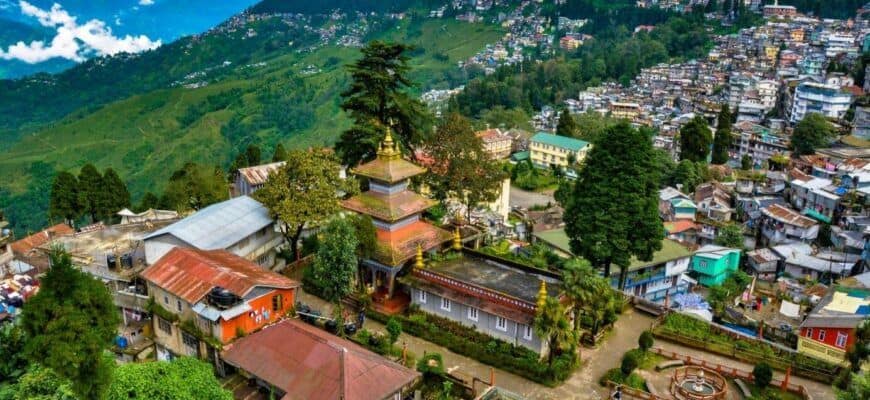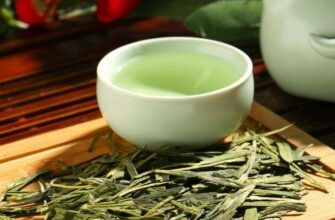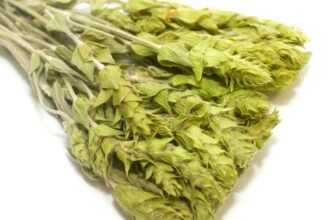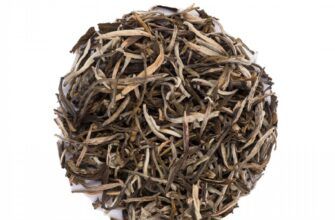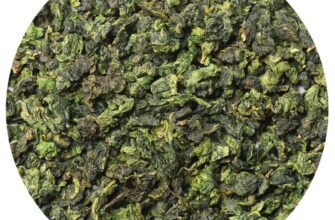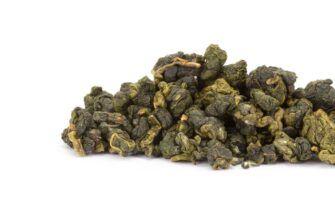According to the Tea Council of India, Darjeeling tea is “tea that has been planted, harvested and produced in tea gardens (present in the special list of the Tea Council) in the hilly regions of the Sadar region, in the hilly regions of Kalimpong, including the cultivation sectors of Samabeong, Ambirok , Mission Hill, Kumai, Kurseong, excluding districts 20, 21, 23, 24, 29, 31 and 33 of this jurisdiction and Subtiguri, New Chumta, Simulbari and Marionbari cultivation sectors of Kurseong district in Kurseong district of Darjeeling district of West Bengal , India." This is a black tea that was grown and produced in a factory located in one of the above areas, when brewed, it has a pronounced natural taste, and the brewed leaves have a strong aroma.
History of Darjeeling Tea
The history of Darjeeling tea begins sometime in 1850 when Dr. Campbell, a civil surgeon, planted tea seeds in his garden at Beechwood, Darjeeling, over 2,000 meters above sea level, as an experiment. It was not without reason that he was very successful in this business: in 1847, the government of this area strongly supported the cultivation of tea in this area.
According to records, the first commercial tea plantations were planted by British tea enthusiasts in the states of Tukvar, Steintal and Alubari. This happened in 1852, and all these plantations used seeds grown on state plantations. Darjeeling was then just a sparsely populated area and was used as a resort for the military or wealthy people. Rapidly developing tea plantations required a large number of workers to plant, grow and harvest the product. Therefore, people from outside Nepal were invited to work.
Already by 1866, Darjeeling had 39 orchards harvesting a total of about 21,000 kg of tea leaves. By 1870, this number had grown to 60 orchards, harvesting about 71,000 kg of tea harvested from 4,400 hectares of plantations. From 1860 to 1864, the Darjeeling Company was founded with only 4 gardens, then the Darjeeling Consolidation Tea Co. It was founded only in 1896. By 1874, the tea business in Darjeeling was already a very profitable business, with 113 gardens and about 6,000 hectares of land.
Darjeeling tea production process
The Art of Tea Picking
The art of harvesting Darjeeling tea is as unique as its aroma. Great attention is paid to the collection of tea, since the raw materials from which this tea is made are of excellent quality, and the special aroma of Darjeeling tea depends on how it is collected. In production, the smallest shoots are used, consisting of two leaves and a bud. It takes 22,000 of these shoots to produce one kilogram of tea, and all must be picked by hand. Complicating the task is also finding plantations high above sea level.
Darjeeling tea pickers have been working for years, working in difficult terrain, fighting fog, cold, rainfall in order to meet strict standards. Pickers start work from the very early morning, when there are still drops of dew on the leaves. Only young, tender leaves are collected, and they must be collected very carefully. Tea pickers do it so quickly and skillfully that it is often impossible to follow the movements of their hands and fingers.
drying out
During this process, the green leaves are evenly distributed along the troughs, through which hot and cold air is passed at regular intervals. The goal is to remove moisture from the leaves very slowly. This takes 14-16 hours.
Twisting
Dry leaves are loaded into special rollers, where they are mechanically rolled. The process is carefully controlled so that the structure of the sheet is preserved and overheating does not occur.
Fermentation
After twisting, the leaves are laid out in a very thin layer in a cool and humid room. The process lasts from 2 to 4 hours, depending on the temperature, humidity and quality of the sheet. During this process, the tea develops its unique flavor and aroma. The skill of the tea makers at this stage plays a decisive role in how the taste and aroma of the drink will turn out.
Burning
The fermented leaf is placed in a dryer where it is subjected to intensive listening at different temperatures for 20-30 minutes. As a result, black tea, the moisture of which has already been almost completely evaporated during the initial drying (drying) process, becomes completely dry.
Sorting and packaging
This is the final stage, during which the tea is distributed into packages specially made from foil and cardboard, depending on the size of the leaf.
Tasting
Tasting Darjeeling tea is an exquisite art with many variations. The taste and olfactory organs of the taster are extremely sensitive. An experienced taster can get to know the garden, the weather conditions on the day of picking, and can even suggest some changes that can be made to the manufacturing process. The taster uses his keen eyesight, sense of smell, touch and taste to judge the quality of the tea.
The taster is also required to have a deep understanding of what conditions currently dominate the market, consumer preferences and manufacturing techniques in order to evaluate the tea. This is given to a person from birth, and it is rightly said that tasters are not made, but born. However, this innate talent must be trained through years of practice in order for the taster to discern the finer points of taste. This is especially true for Darjeeling tea, as the quality of this tea is very different from others, and this tea variety is practically unparalleled.
Geography of Darjeeling District
Darjeeling, translated from Tibetan, “Land where Lightning strikes” is a unique region in the lower reaches of the Himalayan mountains. The history of Darjeeling began with the founding of the British East India Company station in 1835. Prior to this, the site was under the administration of the Sikkim district, but after negotiations, it was allowed to make a sanatorium for soldiers on this site. As soon as the British gained the area, a well-planned phase of development began and the railway station on Darjeeling Hill officially came into being.
Darjeeling has been called the King of the Hills for a very long time. It's easy to see why: green hills, tea plantations, the UNESCO heritage-listed "toy train" and the delightful Gourkas have all been part of Darjeeling for a long time. Once a land where only the British enjoyed their holidays, Darjeeling is now a region adored by family travelers and solo adventurers alike.
Beautiful sunrises on Darjeeling! In the east, the sun colors the sky in incredible shades of ocher, orange, gold and fuchsia. The snowy peaks of Everest, Karbu, Kanchenunj, Jannu and other mountains slowly wake up from their sleep to meet a new day. Meditators at this time take their breath away from the incredible view. The fog subsides, and the colors of the landscape slowly appear. You can hear tea being brewed and people chirping in the local dialect of Gorkali, and it all sounds like music.
Read more: